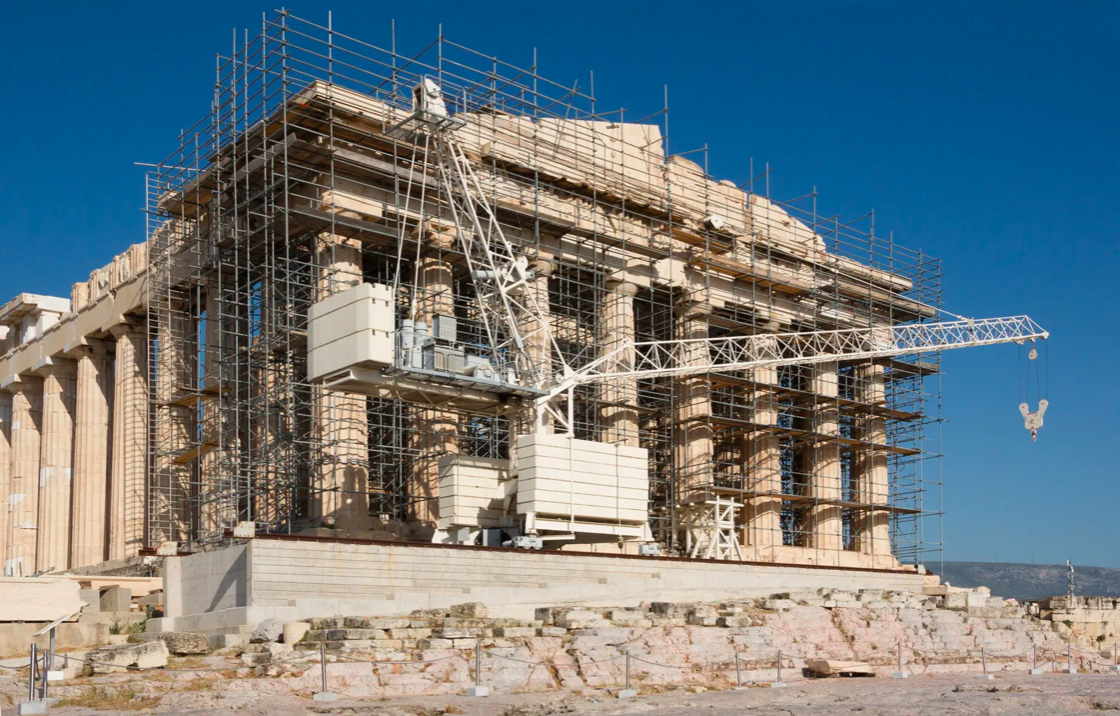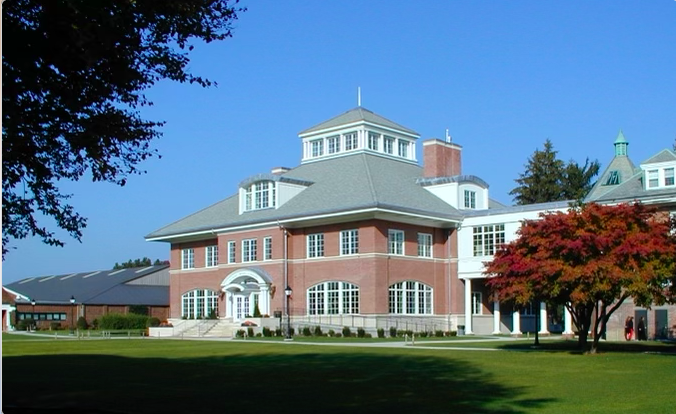To renovate or not to renovate, is the question pestering modern day archaeologists and officials. Living in an era of immense data bases, thousands of years of artifacts, and rich historical logs raises an essential question: how do we effectively preserve?In some cases, preservation is the only possible answer for the artifact to remain intact. On other occasions, restoration is desired. However, restoration is a hotly debated topic, particularly when it comes to famous and old structures or objects.
Recently, Egypt’s Ministry of Tourism and Antiquities announced that one of the great Giza pyramids, Menkaure, would undergo a renovation. This repair would restore it to its original grandeur, and was supposed to be the project of the century, gifted to the world by Egypt. It was proposed that the project would reclad Menkaure with granite blocks, to make it seem more similar to how it was originally built. The proposed reconstruction caused an outcry from the scientific community, however, with concerns largely focused on the potential breaking of UNESCO World Heritage Site accords. Archaeologists were further dismayed when a video showing the first steps of redesigning displayed workers placing blocks that looked significantly different than the existing blocks of the pyramid. Many critics stated that international restoration standards were not being upheld, and that preservation was the key to maintaining a structure that is so valuable to history and culture. It was also noted that replacing the granite would require cement, which could possibly ruin the pyramid. The former minister of antiquities , Zahi Hawass (who headed the committee which reviewed the potential restoration) stated “In archaeology, don’t be in a hurry. If you are in a hurry, you will ruin the site.” (The Guardian). In the end, the public outcry from not only historians, but also normal civilians halted the construction.
Though many restoration projects fail to see light of day, there are some exceptions. One of the most famous ongoing successful restoration projects is Notre Dame. Notre Dame was ravaged by fires in 2019, and much of the 860 year old building was destroyed. Reconstruction was determined to be the best decision, and as of now, there are 500 workers and 250 companies working to rebuild the cathedral (CNN). Restoration and stabilization have been the objectives for this project, not change. It has been stated that the original features will be returned, and there will be very minimal markings of the 21st century to perceive. One of these additions is a recreation of six stained glass windows in Notre Dame, done by contemporary artists. The restoration is being done in a way that honors the antiquity while still giving way to some modern ideas of art. There will also reportedly be a new museum dedicated to Notre Dame, which will include art and history. A very large sum of money is required to rebuild the cathedral, but much of it comes from donations. 928 million dollars were raised in donations from more than 340,000 donors from across the globe (CNN). The sheer amount of support demonstrates just how important public aid and approval is for restoration projects.
Public approval is the major difference between successful and failed renovations. It is not just historians who are concerned for the future of pyramids, but also the general public. Many are concerned that changing the appearance of one in such a drastic way would greatly alter the pyramids, and therefore does not support the potential reconstruction. In contrast, the Notre Dame being rebuilt was approved by the public, mainly because the appearance did not change. Similar to Notre Dame, public support should be a priority and necessity when it comes to renovation for historical and cultural sites to come.








